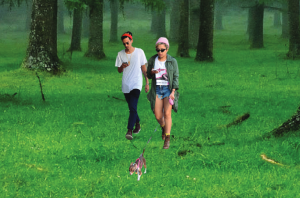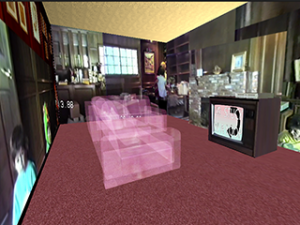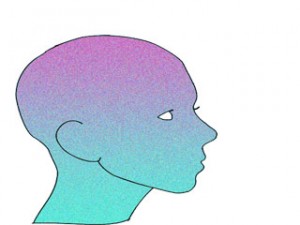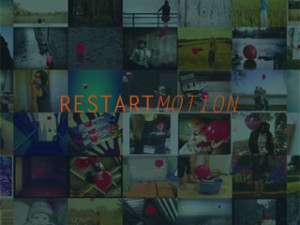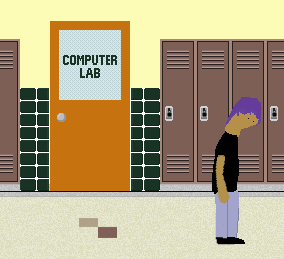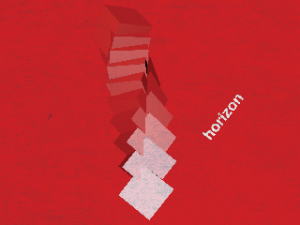Allison Burtch
How do humans remain spiritually and emotionally authentic in the face of impending societal and environmental collapse? This is an invitation to be alive and present. It is liberation technology.
Description
Liberation technology, as I'm defining it, is technology that liberates from unjust economic, political, or social conditions.
I made two things:
A browser plugin that clarifies power structures on the internet.
A cell phone jammer that blocks signals.
Classes
Circuit Design and Prototyping, Thesis

